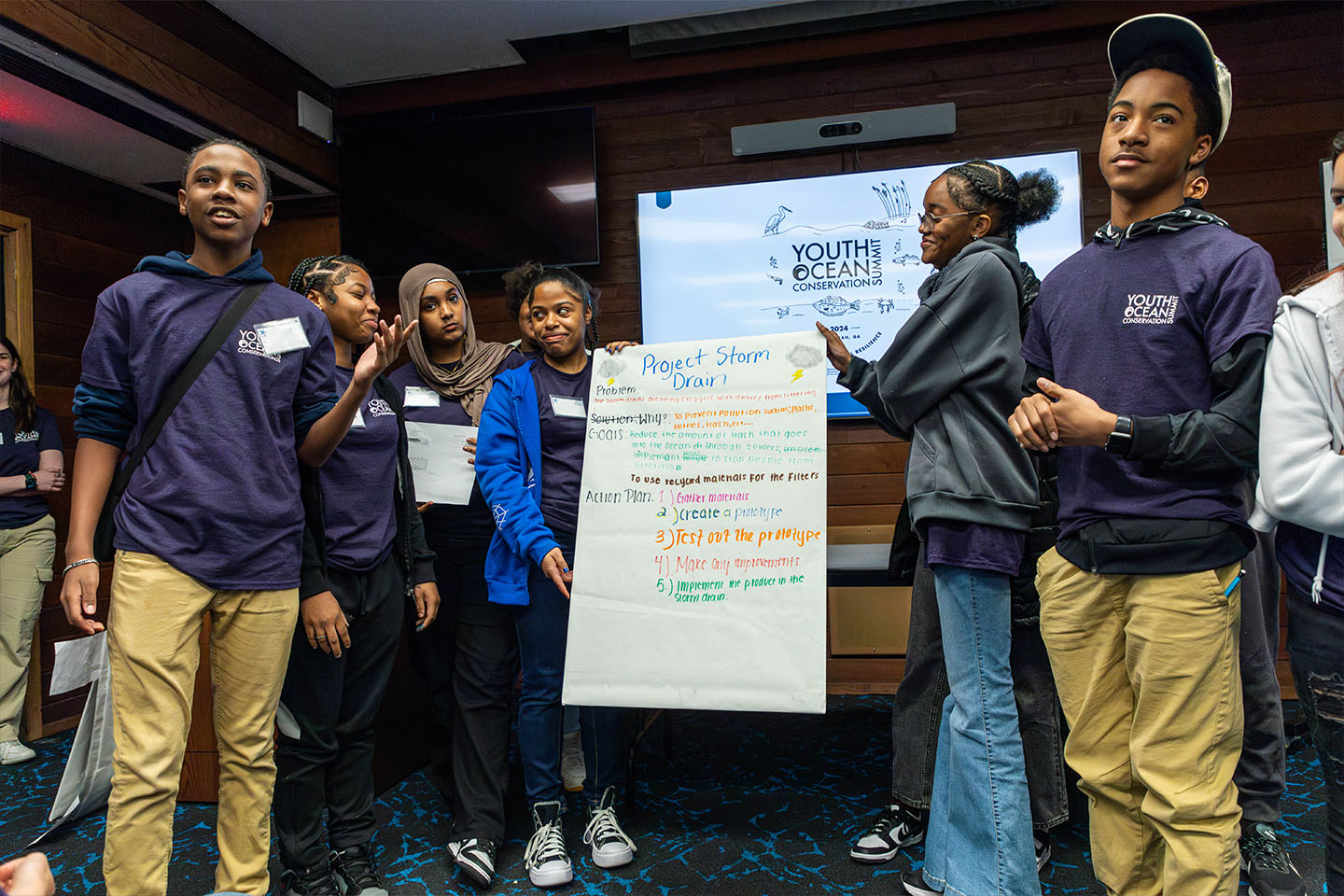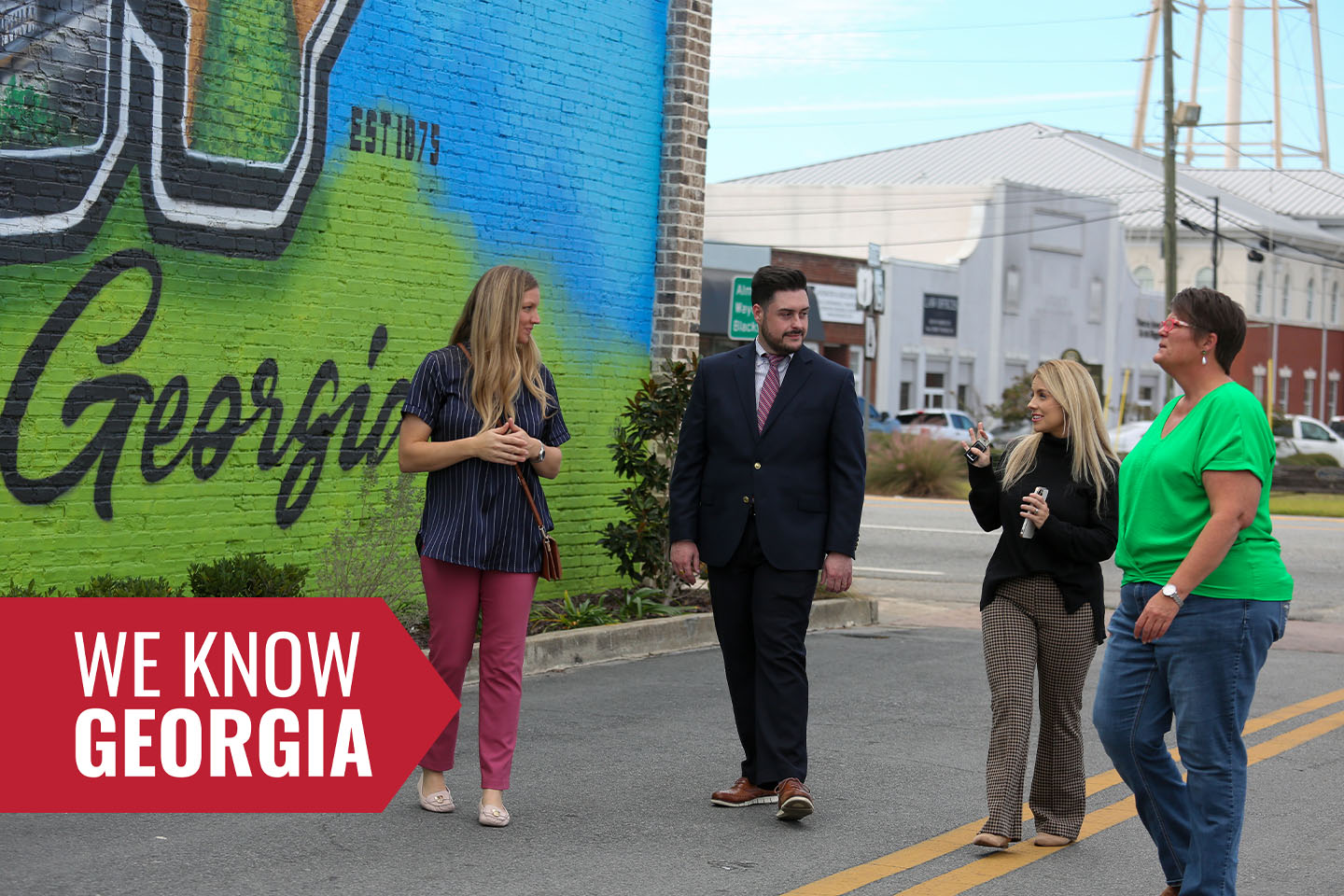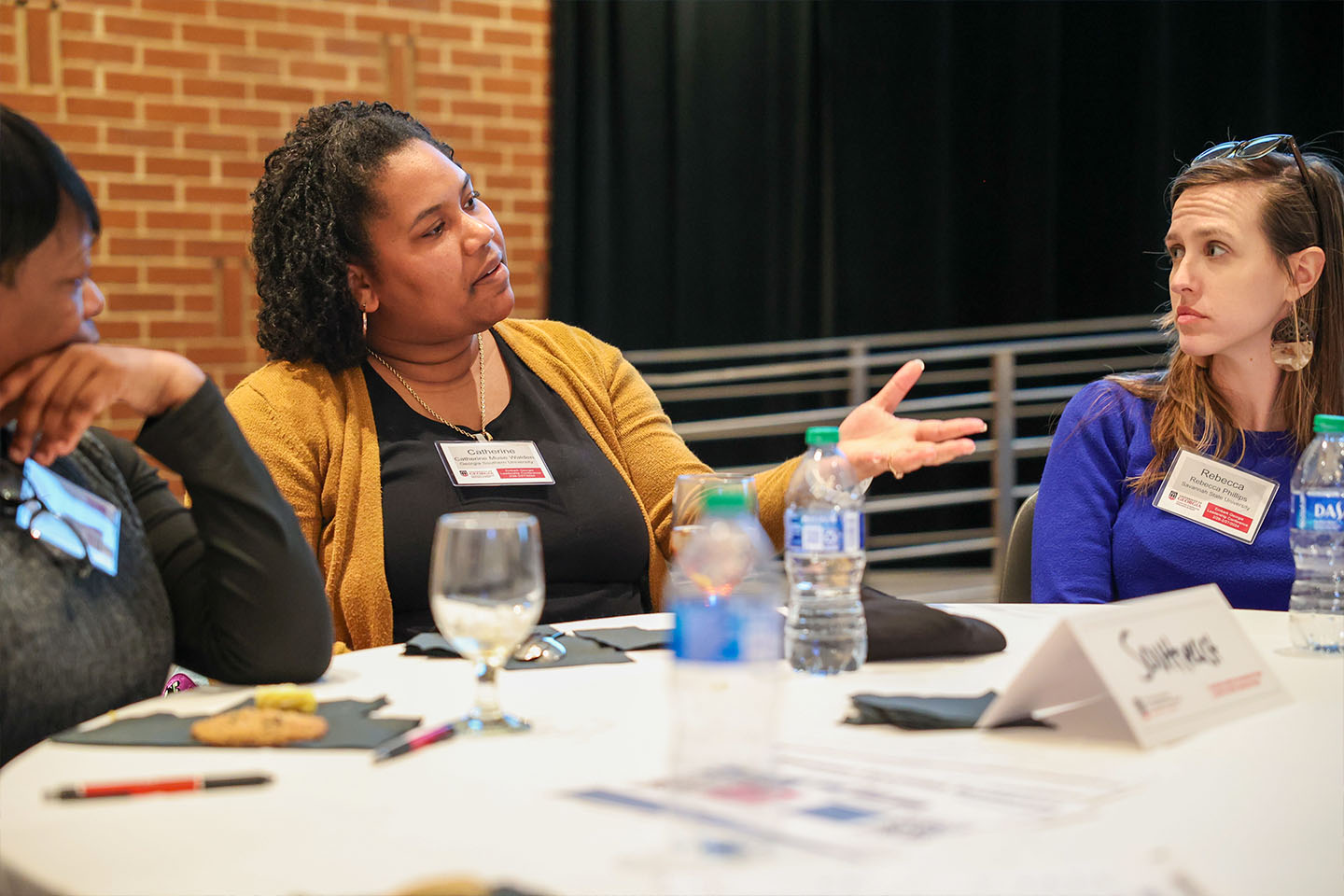MF&H Textiles is Taylor County’s largest single-point private employer with nearly 50 employees. Its 19-acre campus between Columbus and Macon was right in the path of Hurricane Irma on September 11, 2017.
Irma’s gale force winds ripped off 20 percent of MF&H’s main production facility’s roof, exposing insulation to the heavy rain. After $79,000 in emergency repairs the waterlogged insulation remained in place. While insurance negotiations extended from days to weeks, the moisture continued to seep into the insulation.
“We were devastated,” said Bob Wade MF&H’s chief financial officer. “The deductible for the initial repair was swift, catastrophic and buckled our financial knees. The long recovery was going to grind our nose into the dirt. Our financial survival was imperiled—our employees’ jobs threatened with extinction.”
In his search for assistance, Wade contacted the Federal Emergency Management Agency (FEMA) and the Small Business Administration (SBA). The SBA directed him to consultant Mark Lupo at the University of Georgia’s Small Business Development Center.
“Mark came out to the plant right away and conferred with us and took the ball from there,” Wade said.
President Trump had issued a disaster declaration for central and southern Georgia counties affected by Hurricane Irma. However, the disaster assistance emergency loans were not applicable to inland counties. Despite that, Lupo advised Wade to register MF&H with FEMA.
“Any company affected by a disaster must be registered to validate its damage and promote the fact there is sufficient damage for the county to be declared a disaster area,” Lupo said.
Lupo researched the disaster declarations for Taylor County, reviewing how to apply and secure a disaster loan from the SBA. He then explained his research to Wade, including the paperwork he’d need.
By November, Lupo had coordinated on-site meetings at MF&H with Rick Martin of the UGA SBDC International Trade Division, Derek Woodham of Georgia Tech’s Manufacturing Extension Program, and Kerry Barnett, international trade manager for the Georgia Department of Economic Development. They helped Wade explore additional international resources and opportunities for MF&H’s unique commission-dyed mineral and flame-retardant treated industrial weight cotton fabrics.
“We were looking at ways to boost revenue,” Lupo said. “If MF&H wasn’t able to get the loan through a disaster declaration, an increase in international trade could create the cash flow they needed to take care of the roof repairs.”
Wade also contacted U.S. Sen. David Purdue’s office.
Purdue directed his staff to the area. Also there was the state director of U.S Department of Agriculture’s Rural Development in Georgia. With Lupo, the federal representatives stayed on top of FEMA to get something done.
By November, U.S. Secretary of Agriculture and former Georgia Governor Sonny Perdue had added Taylor County to the U.S.D.A. Disaster Declaration. Lupo walked Wade through the recoding of his application for aid and contact the SBA Office of Disaster Assistance in Atlanta. Lupo then also introduced Wade to several banks and bankers and advised him on his loan applications.
By December, MF&H’s application had been accepted, reviewed and approved. The loan closed in early 2018. MF&H continues to review opportunities with Georgia Tech and the GDEDC’s International Trade Division.
“It was a fight every day trying to recover from that disaster,” Wade said. “We found in Mark Lupo someone genuinely interested in working with us and helping us cut through the red tape. That’s what the SBDC does, it serves as a point person in securing help from the government.”



